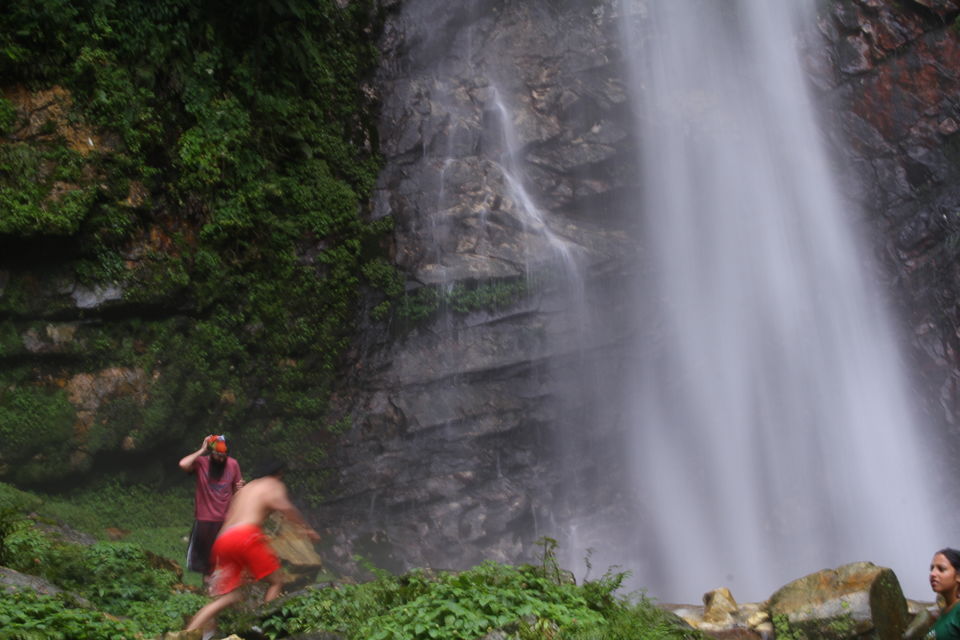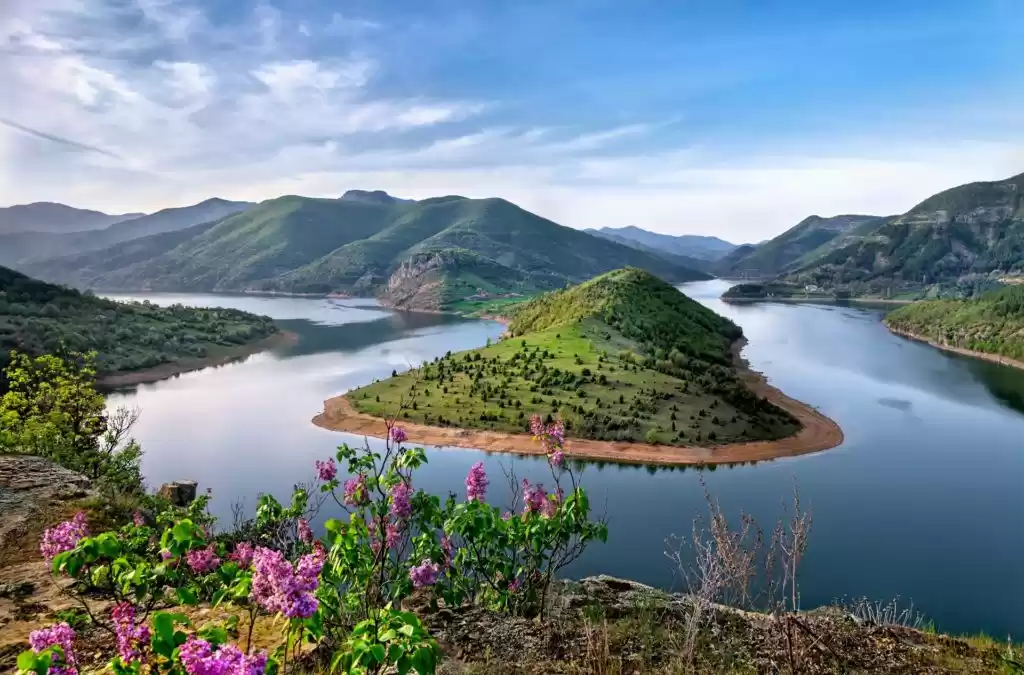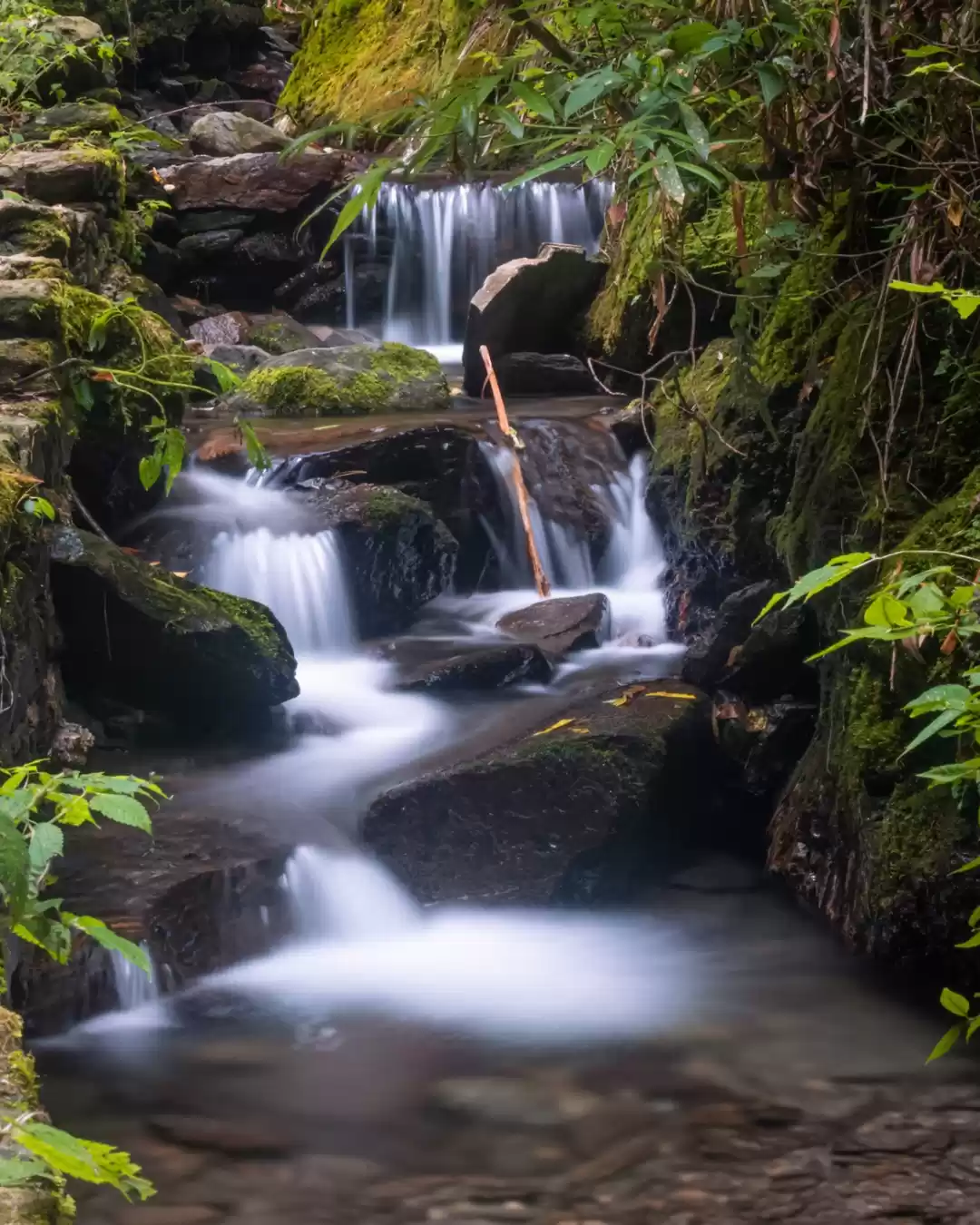












Tirthan Valley is paradise unexplored welcoming the traveler who loves to enjoy local food, stay in homestays , immerse in the beauty of nature and enjoy the culture. All in all its the best destination for a laid back holiday !
The Tirthan Valley is the gateway to the UNESCO world Heritage Site of the Great Himalayan National park Conservation area. Infact a part of the Tirthan Wildlife sanctuary also is a World Heritage Site. This national park is home to the snow leopard & rare pheasants like the Western Tragopan. However the only way to see the core zone of the park is by foot. It takes 4-5 hours from Goshaini in Tirthan to reach the gates of the park at Kharongcha. The park offer several treks right from Shilt Thatch to Rakhundi peak & sainj Valley on the right side, to Hanskund & nada Thatch if you go straight & to Khorli Poi & Asur Baag on the left hand Side , all a part of the Tirthan Wildlife Sanctuary- a part of the World Heritage Site.
One of the best ways to experience Tirthan is by doing a village homestay . There is no place like home. We all aspire to have a home in the hills, along a beach, in a remote village, a small cottage with a lawn and a kitchen garden to feast on, an open space for our pets to run around. Well, Homestays offer that very experience of unwinding in a lovely setting as guests to warm, friendly people, who have opened their traditional as well as modern homes to guests. Scattered in various parts of the Tirthan Valley they are a great introduction to the culture of a region and a great option for an extended budget stay. Experience the best in hospitality with a personalized attention to detail for a great travel experience.
The drive to Jalori pass crossing the busy markets of Banjar, the quaint villages of Jibhi & Ghyagi and the magical views of Shojha is a must do when coming to Tirthan valley. Though only 30 km from Tirthan the drive easily takes around 2 hours as there is a steep incline towards the pass located at 3000 meters. From here you can either venture into the depths of one of the biggest oak jungles towards Sesolasr Lake or trek to the highs of Raghavpur Garh which has views to die for. If one has more time and want to really experience the mountains you can camp at Lambri Top or the Sakiran Top and trek back to Tirthan from there. Raghupur Fort: Raghupur welcomes you with snow-capped peaks. This picturesque site, located at approximately 3,540 m, has an old fort built by the Kulu king. The fort is surrounded by wide trenches with a small pond inside. The walls of the fort are marked by bullet holes from sieges. There is a good camping ground here as well as fantastic views of the Outer Seraj valley.
Sareulsar lake: Sareul is a small lake (or a large pond) located at about 3,050m. This lake is tranquil and known for being the seat of local goddess Budhi Nagin. Pilgrims walk around the lake, pouring an unbroken line of ghee. This is good camping ground with small caves to explore. The area is surrounded by dense forests interspersed with meadows of wild flowers.
Lambhari Top: At 3,600 m, Lambhari offers beautiful views of the Himalayan peaks. Additionally, there is an abundance of effective ayurvedic/naturopathic plants growing in the area, including Kauri, Patish, Losar, Talshi, Chunkari, Tangul and Dhupnu.
Sakiran Top: The Skirandhar ridge leading to Lambhari offers beautiful views of the Himalayas at Sakiran. There is a beautiful temple of Rishi Shringiji.


The First Ecotourism Camp of Himachal Pradesh is managed fully by trained and professional people belonging to the Ecozone of the GHNP. The camp has hosted a conference for over 110 delegates belonging to WMPA. It has full electricity backup serving food which is organically grown in the villages nearby. It is employing about 20 young men and women from the eco-zone after due training, giving indirect employment to about 200 people through various activities around the park. Serving as a base for soft adventure activities around the park like one day treks, multi-day treks, nature awareness camps, rock climbing, fishing, medicinal herbal treks etc. Other activities may include Woofing, (Working at Other peoples Farms), Organic gardening treks, volunteer guests etc. It’s having a handicraft center which will have small units for various NTFP’s and local handicrafts. It is also having a street theater team that entertains the guests around the campfire making them aware of the biodiversity and problems around. Even the campfire wood is from a dedicated plantation minimizing the impact on environment.



























